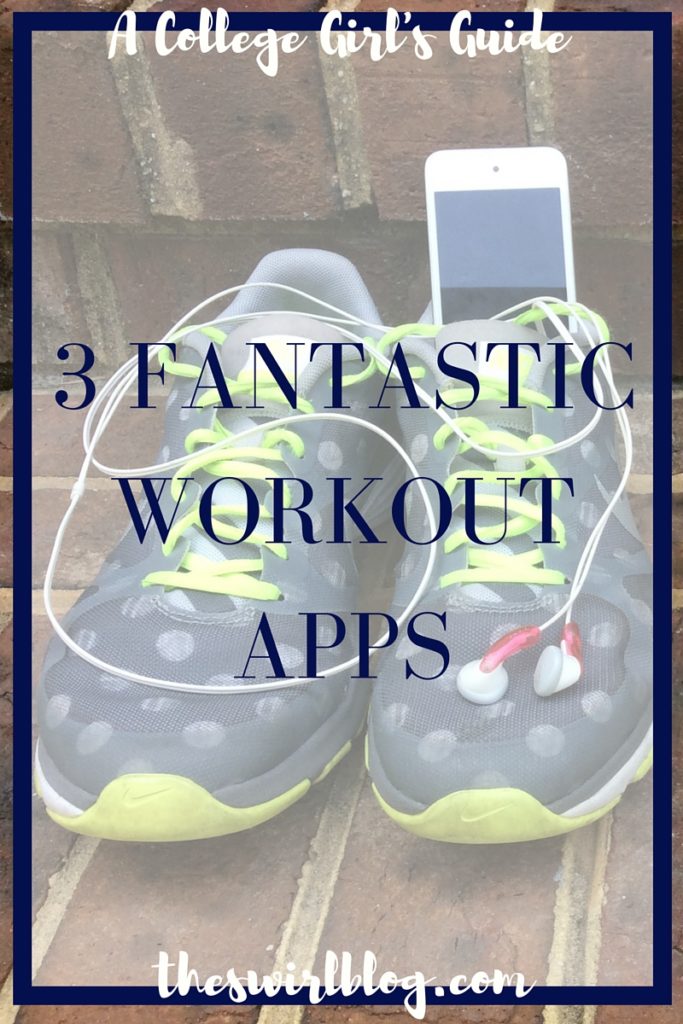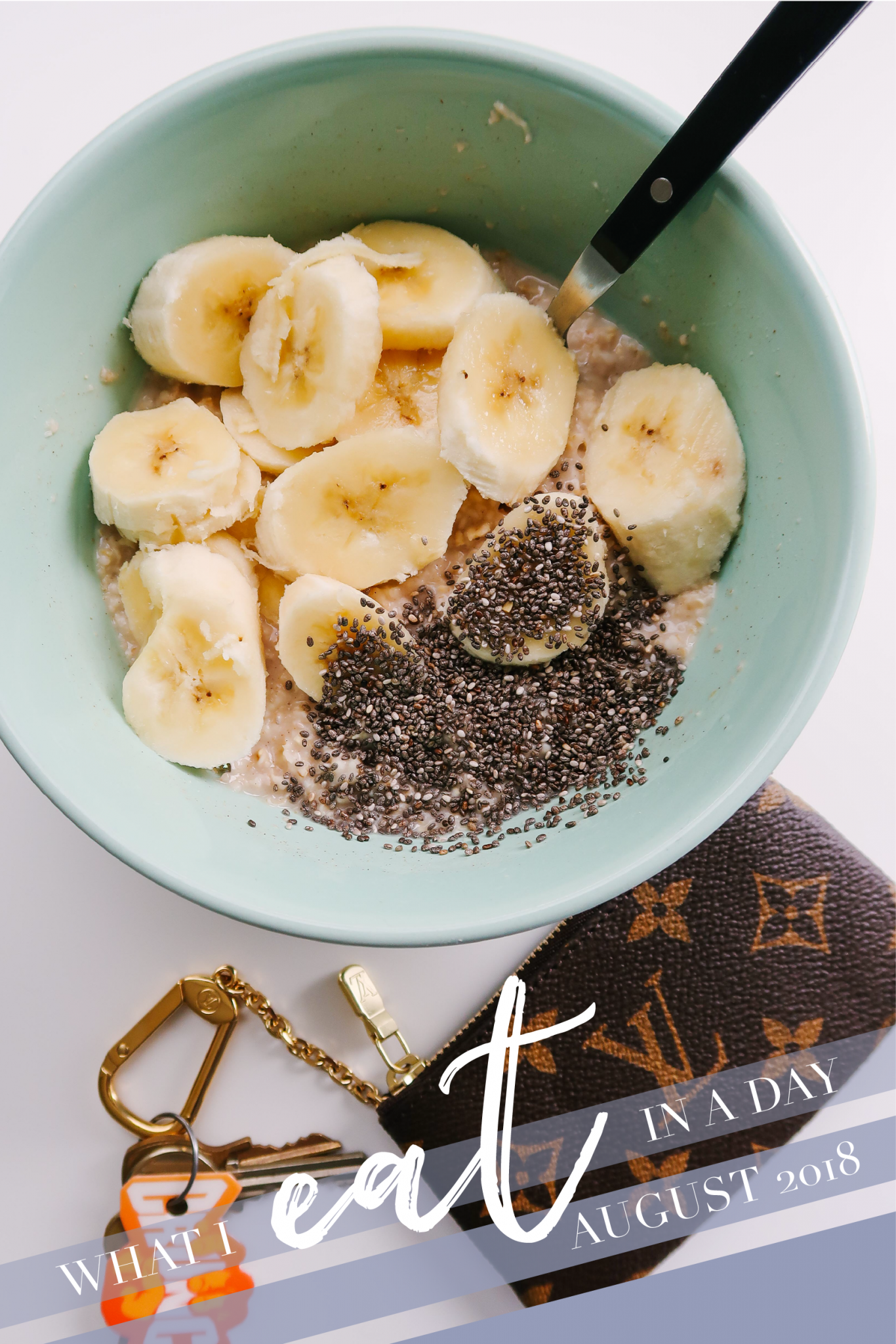With all the craziness of college, it’s hard to find time to squeeze in a workout when you could be studying, eating, or (most importantly) sleeping. Here are three really cool workout apps that I like to use to stay in shape – most of the workouts listed in these apps are quick, effective, and best of all use almost no equipment, so you can stay fit without ever leaving your dorm!
*Disclaimer: Contrary to the title of this post, these apps are great for everyone, especially those who do not belong to a gym or like to work out at home!
1. Nike Training Club (Free)
This is one of my FAVORITE workout apps so far, and I’m so happy that I discovered it. This app is all about building and toning muscle by using classic drills like pushups, squats, lunges, and burpees. Did most and/or all of these drills I just listed scare you off? Yeah, they used to scare me too. But don’t worry!
Most drills are timed and only last for 30-60 seconds, so you’re not doing thousands of pushups and endless squats; instead, you go at your own pace and do however many reps you can within the time allotted. Fair warning- these workouts make you so so so sore but you will see results, even if you only do two programs a week!
Pros: All the programs come with instructional videos and an audio coach that guides you through the program so that you can achieve the perfect form for each drill and you won’t totally embarrass yourself because you don’t know how to do a burpee (i.e me, when I first started!). Also, each program comes with 30-50 different drills so you never get bored.
The most equipment you’ll need to do any of these workouts is a set of hand weights and a jumprope, which makes this app ideal for using in a dorm room or small space! Like I stated above, these workouts will leave you feeling sore for a few days, but I promise you that it’s so rewarding once you become stronger and move up to the more advanced levels and workouts!
Cons: Sometimes the app closes unexpectedly and then won’t let you pick up your workout where you left off when reopened. It doesn’t happen often, but hopefully Nike will fix this bug in the next update.
The only other con about this app is that you can’t have the app running in the background, meaning that you have to have the app open for the duration of your workout or your workout will pause and the timer will stop. Not a huge deal, but just know that if you go to check your messages while on the app it will pause, and that it does drain your battery a little bit from having the screen on for so long.
2. Yoga.com (Free for some features, $1.99 to unlock all features)
I can’t stress enough how awesome yoga is- it relieves a ton of stress while increasing strength and flexibility. This app has yoga programs for everyone, from beginners who are simply interested in yoga to the more advanced who “warm up” with a headstand. The best part about yoga is that you only need a yoga mat or a soft surface (think dorm room rug) to begin, and you can do as many or as few poses as you would like to fit your schedule.
Pros: This app is great because it lets you pick different programs based on goals or duration. Programs range from 9-71 minutes and include goals like “Balance”, “Flexibility”, “Strong Back”, and “Breathing Exercises.” Each program includes video tutorials on how to complete each pose.
If you’re not up for completing a full program, you can opt to pick and choose individual poses, which can be sorted by type (Backbends, Sitting, Breathing, etc), difficulty, and alphabetically.
Cons: The only thing I don’t like about this app is that most of the programs are not free. While all 280+ (!) individual poses are free, only about 4 full programs are free. However, the cost to unlock all 37 programs is only $1.99, so it is well worth it to purchase the full app, especially if you do not belong to a gym or want a more structured yoga program to follow along with in your own home.
3. Fitbit (Free for the app; bracelets range from $60-$250)
I received the Fitbit Charge for Christmas last year, and it retails for $129.95. I chose this model over the other Fitbit models because it had a digital clock and tracked my sleep and stairs automatically.
It also doubles as an alarm clock and has Caller ID (which is kind of creepy, but kind of cool). It really is just a matter of going on the Fitbit website and seeing which model works for you! If you’re not into wearing a bracelet every day, there are tiny Fitbits that you can clip under your clothes, so no one has to know that you’re wearing one!
Pros: While this app doesn’t offer any specific workouts, I like that I can track how many steps and stairs I naturally take during the day- usually I can hit around 15,000 steps just walking to and from classes and around campus, and climb well over 30 flights of stairs (#FouthFloorProblems).
I also really like that I can track the time and distance of my runs around campus, and see how many “active minutes” I achieve during the day. The Fitbit bracelet syncs with both the Fitbit app on your phone (via Bluetooth) and the Fitbit online dashboard (via the Fitbit USB plugin).
Cons: All Fitbit models have to be charged at some point. For me, this involves plugging my whole bracelet device into a USB charger, but for some other models, this means taking the battery out of it’s case and placing it in a special charger. However, my bracelet usually only needs to be charged once every two weeks, and the app will easily notify you it’s time to charge.
Also, you have to be careful about going to sporting events, because sometimes my Fitbit counts clapping as walking and I end up with a ton of steps even though I was just standing at a basketball game for 2 hours!


















